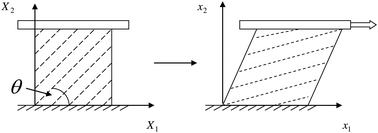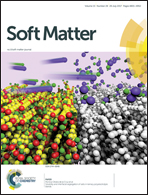Poynting and reverse Poynting effects in soft materials
Abstract
In 1909, J. H. Poynting conducted a series of experiments on metal wires and found that loaded wires lengthen when twisted. Thus to maintain a constant length in such experiments, a compressive axial force would need to be applied at the ends of the specimen. This is the classical (positive) Poynting effect. Another example of such an effect arises when a soft material specimen is being axially sheared or rotated between two platens. The necessity to apply a normal force in order to maintain the relative distance between the platens is also often referred to as a Poynting-type effect. Both effects are inherently nonlinear phenomena. In recent papers, experimental data on the Poynting effect in soft solids have been reported. The seminal paper by Janmey et al. describes shearing experiments on hydrogels, impregnated with scleroproteins such as collagen and fibrin. It was shown that positive and negative (reverse) Poynting effects could occur. In this and subsequent papers by several authors, the microstructure of reinforced biogels involving semi-flexible filaments embedded in a soft matrix was exploited to examine the character of the normal stresses. The purpose of the present paper is to describe and review an alternative approach using the macroscopic phenomenological theory of hyperelasticity based on nonlinear continuum mechanics. Our aim is to demonstrate that such a theory can be used in a very transparent way to predict the occurrence of both positive and negative Poynting effects in anisotropic soft fibrous materials. It will be seen that material anisotropy plays a key role in the analysis.



 Please wait while we load your content...
Please wait while we load your content...